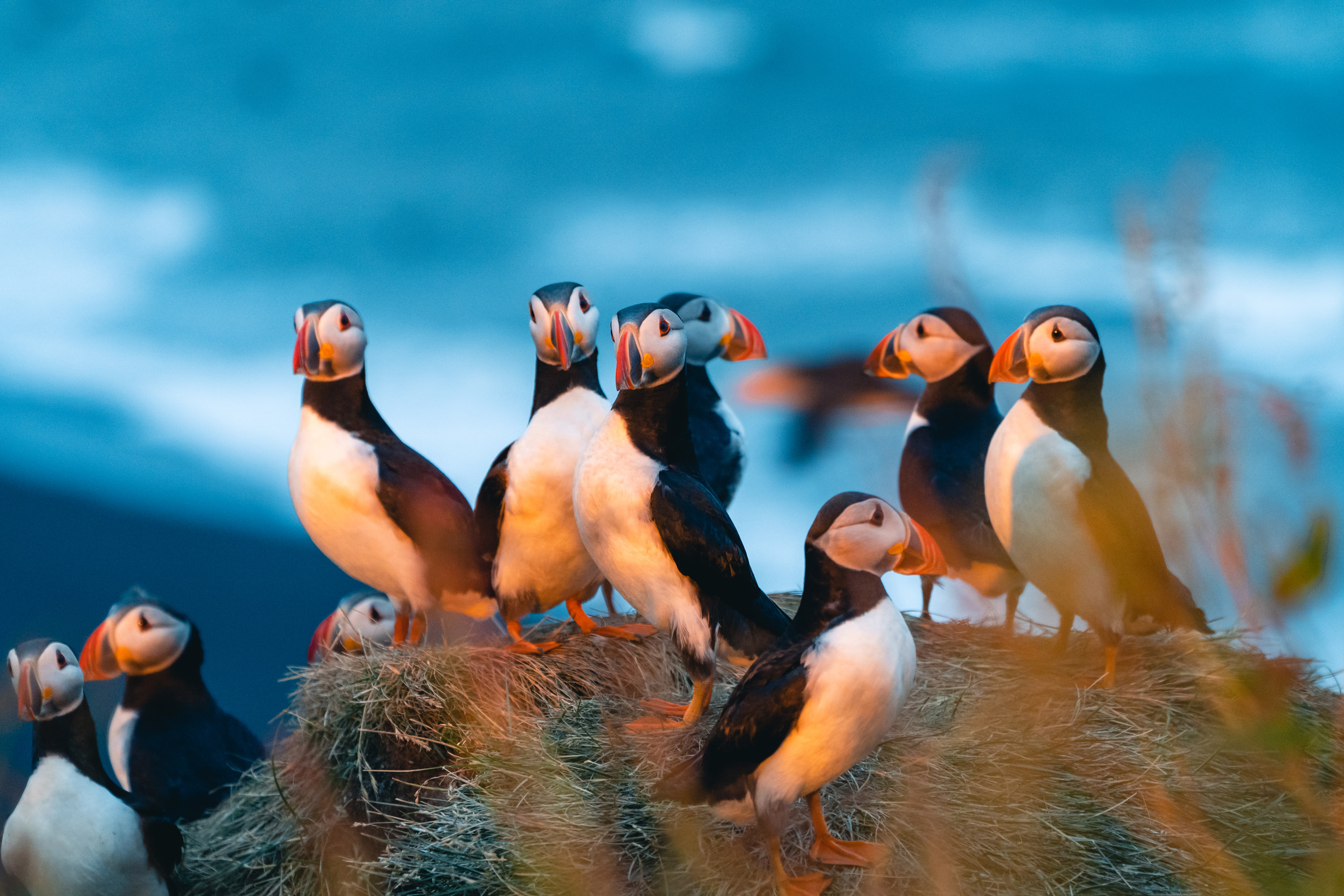Days out
Troup Head Northfield
Patches of wildflowers tumble into soaring cliffs, dotted with nesting Gannets, Guillemots and Razorbills, as porpoises and dolphins swim offshore.

Puffins are colourful and clownlike and one of our most endearing birds. However, they’re on the Red List of Birds of Conservation Concern Red, at risk of global extinction. They’re threatened by predators eating their eggs and chicks and a loss of food made worse by overfishing. That’s why we’re campaigning for more protected areas to be created, to safeguard the most important places for Puffins, both on land and at sea. We’re also protecting important nature reserves for Puffins to help ensure they have safe places to raise their chicks.
Equipped with long lenses, the ‘Puffarazzi’ have submitted photos to Project Puffin in their thousands! The snapshots have provided invaluable data for a new study, highlighting a possible link between prey availability and populations.
